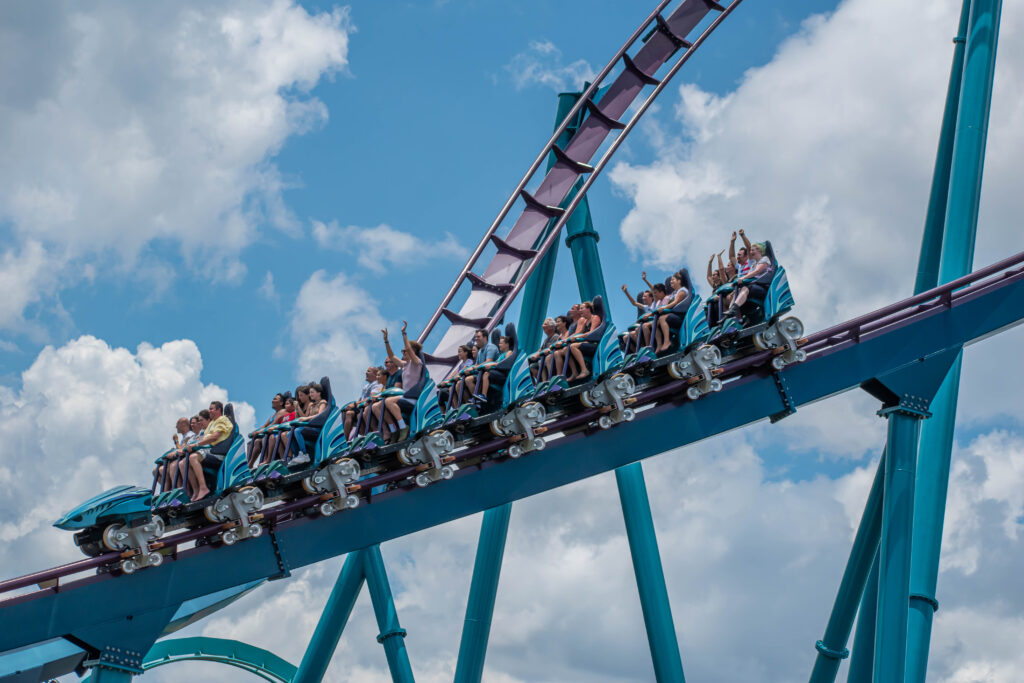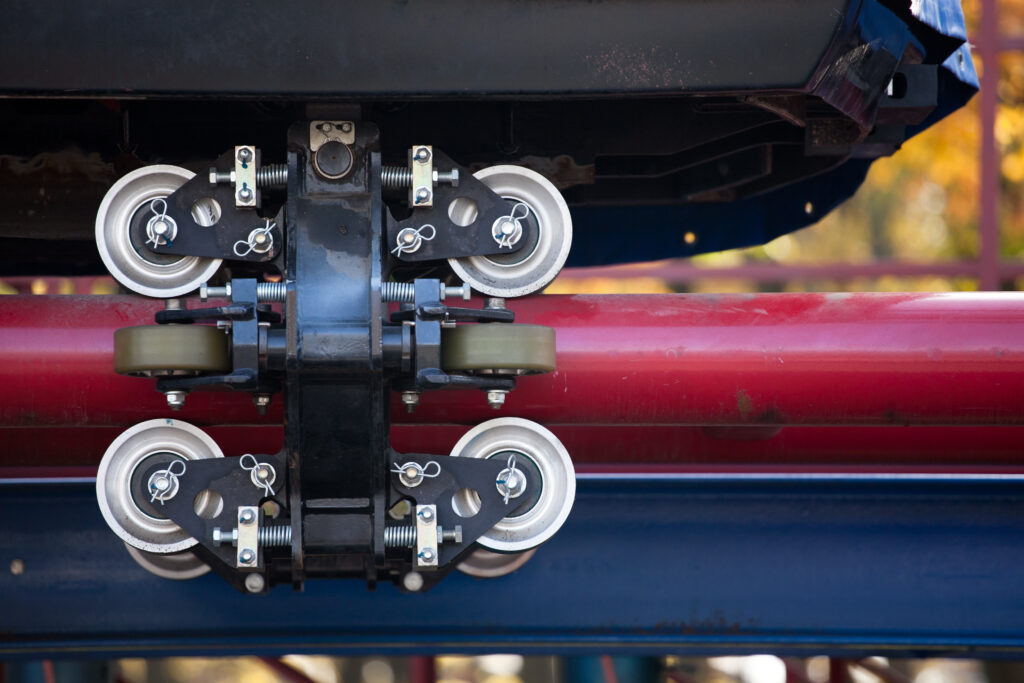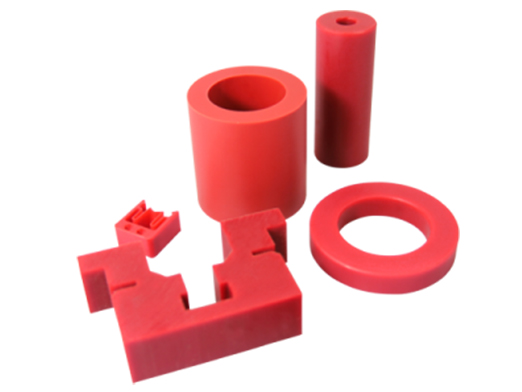How do roller coasters go fast?
For many people, there is only one reason to go to an amusement park — the roller coaster! Some people call it the scream machine, and for good reason. The history of this ride reflects a constant search for greater and more death-defying thrills. In fact, Americans spend more than $4 billion annually at amusement parks, with roller coasters being the largest attraction.
What you may not realize as you’re plummeting down the track at near 80 miles an hour is that the coaster has no engine, and you are likely riding on plastic wheels. The car is pulled to the top of the first hill at the beginning of the ride, but after that, the coaster must complete the ride on its own.

The conversion of potential energy to kinetic energy is what drives the roller coaster, and all of the kinetic energy you need for the ride is present once the coaster descends the first hill. The type of composite material used for the wheels has a significant influence on this energy transfer.
See also:
- OPTIMIZING PLASTIC MANUFACTURING WITH AI
- OPTIMAL CONSTRUCTION COMPONENTS
- REDUCING MAINTENANCE AND WEAR OF MINING EQUIPMENT
Roller coasters operation
Once you’re underway, different types of wheels help keep the ride smooth. Running wheels guide the coaster on the track. Friction wheels control lateral motion (movement to either side of the track). A final set, called underfriction wheels, keeps the coaster on the track while inverted or cresting a hill at negative G’s.

Making roller coaster better than ever
Roller coaster technology, like that of most every industry, has progressed a long way in the last 100 years. Although the first American coaster was built at Coney Island back in 1875, it wasn’t until 1959 that the first tubular rail coaster was built, and not until 1992 that the first inverted (hang below the track) coaster was introduced.
With the advancements in roller coaster design, came the need for a quieter, smoother and, of course, a much faster ride! Early attempts included natural rubber coated steel or aluminum wheels. Although the ride was much improved, durability was an issue.
Today, the majority of the high speed rides utilize wheel rolling surfaces consisting of specialized urethane or cast nylon formulations. These materials provide the designer with a variety of rolling resistances, load bearing capacities and hysteresis characteristics, that meet the needs of comfort and that important factor — speed! With modern rides exceeding 100 mph, the challenge for composite materials that can meet these demanding requirements has never been greater.
We’re always keeping tab on the technology advancement in the amusement parks industry. Learn more about how Nylatech can help you make a difference for your business.







